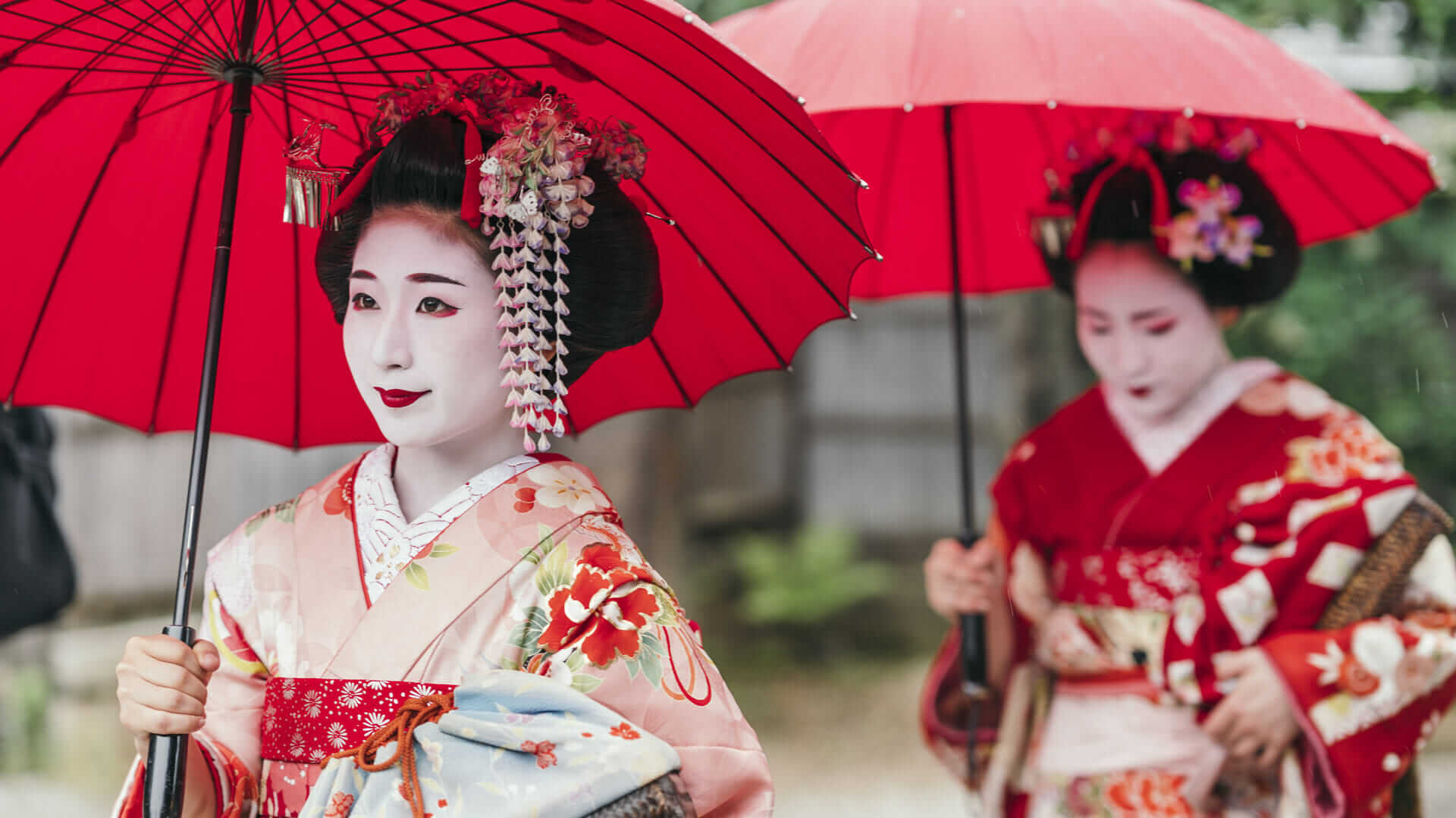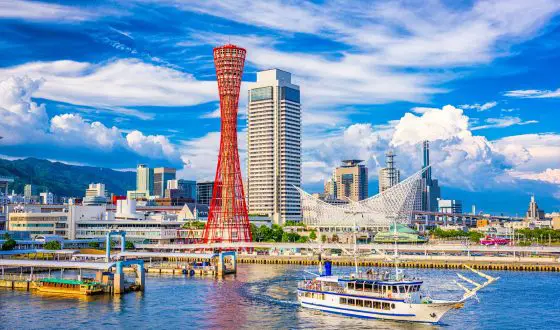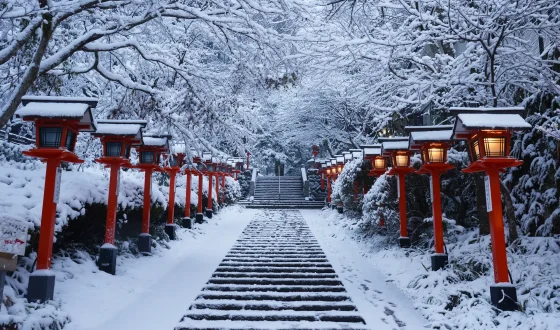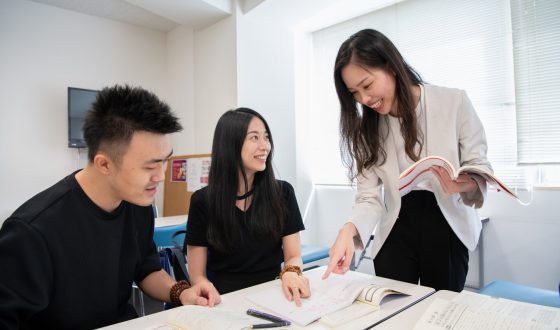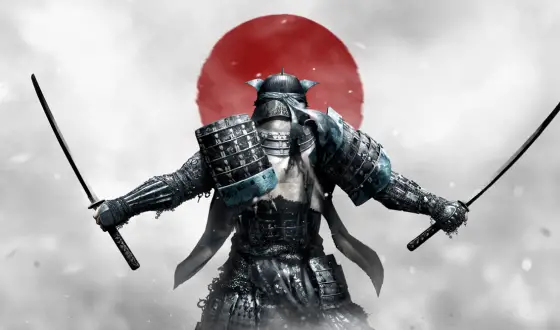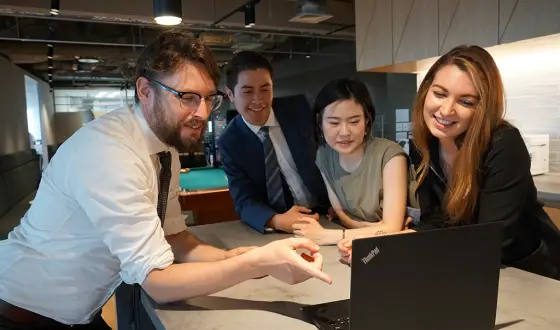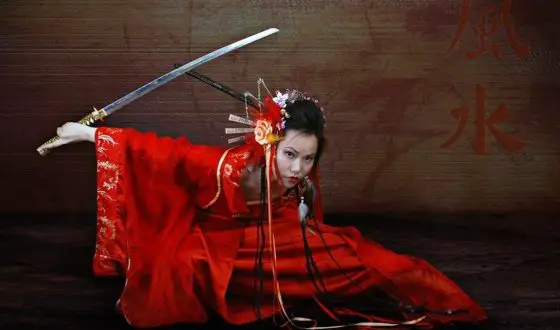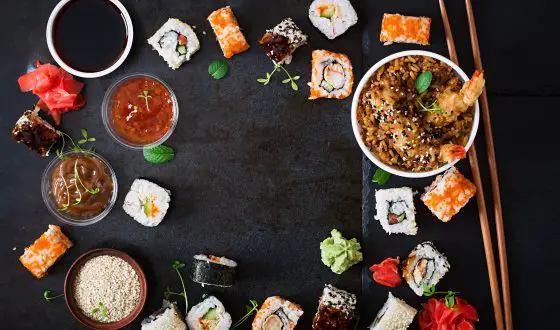What Is A Geisha? A Comprehensive Answer
Japan, Land of the Rising Sun, is really well-known for unique culture. If you are familiar with Japanese culture, you may have heard about geisha. However, what is a geisha? Do you know anything about that? If you would like to get more information about geisha, an exclusive part of Japanese culture, you cannot miss reading this blog. Now, let’s check it out!
What Is A Geisha?
1. Geisha Roles
Geisha, which translates in English as “performing artists” or “artisans”, are a class of professional and traditional female entertainers in Japan trained in various types of art such as dance, singing, literature, poetry, flower arranging, and playing traditional instruments. Besides, geisha are also proficient in the art of conversation and must have wide general knowledge. You can easily recognize geisha by their distinct appearance with long, trailing kimono, traditional hairstyles and oshiroi (white) make-up.
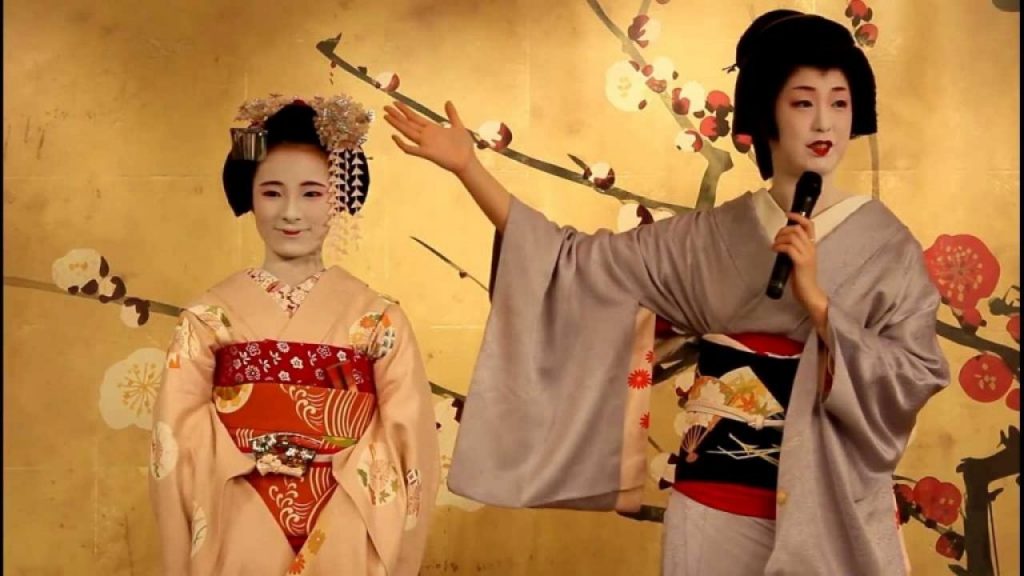
Geisha are professional and traditional female entertainers in Japan trained in various types of art.
The role of geisha is to entertain guests through conversation, drinking games, dance performances, and more during meals, parties, banquets and other occasions. For these occasions, they usually serve their clients at an ochaya (tea house) or at a ryōtei (traditional Japanese restaurant).
What’s more, geisha often take part in public dance performances several times a year, visit shrines and temples during festivals, join parades, and greet local shops during public celebrations. Thus, geisha are a kind of cultural performer in a Western sense.
Now, you know “what is a geisha” right? But, when did they appear? Keep reading the next part of this blog to find out the origin of geisha.
2. Geisha History
You know, the first geisha in Japan appeared in the 13th century and they were actually men, called taikomochi. Their tasks at that time included attending to daimyo (feudal lords) and providing entertainment when not helping advise their lords about military strategies. Then, in the 16th century, they changed their roles to storytellers and even joined in battles alongside their lords. When peace began in the 17th century, Japanese geisha were pure entertainers.
The first female geisha, called geiko (which is now the term for geisha in Kyoto), appeared around 1751. By the end of the 18th century, the number of female geisha was greater than that of the males and the male geisha’s role changed once again to being assistants to the females during parties. As time went by, being a geisha was mainly considered a female occupation.
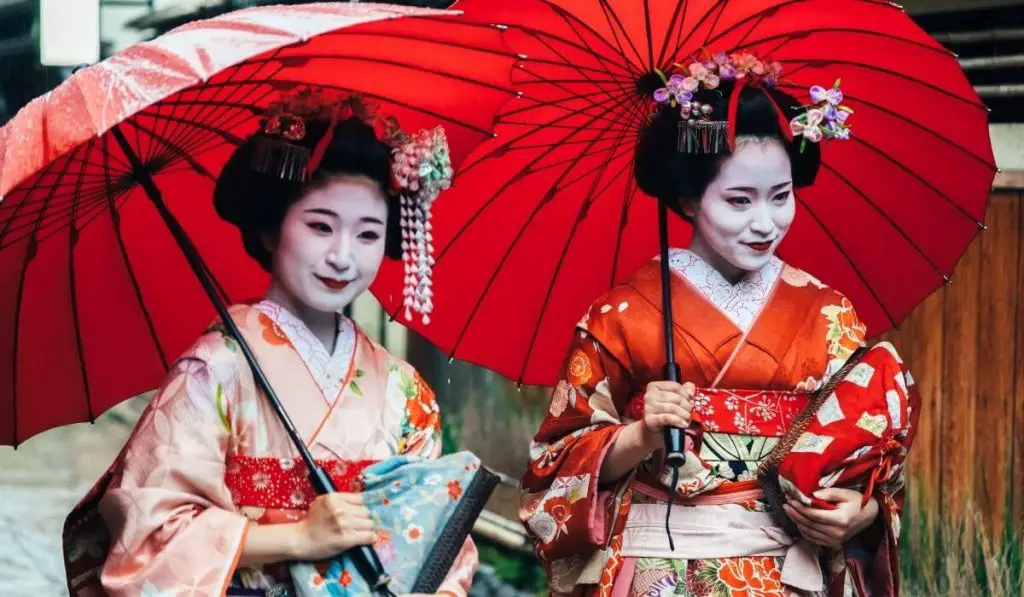
The first female geisha, called geiko (which is now the term for geisha in Kyoto), appeared around 1751.
SEE MORE:
When World War II began, the population of geisha decreased. They had to close their okiya (geisha houses) and the teahouses and moved to other places in Japan for safety and for work. However, when the war ended, they returned to restore their traditional standards as highly-skilled entertainers and to propose increased rights for their career as well.
3. How To Become A Geisha
In the past, girls could start their training as a maiko at the age of 3-5 years old, but now they must be 15 or 16 in Kyoto and 18 in Tokyo. However, a lot more young Japanese women nowadays choose to train later when they finish high school or college. At this period of time, they are 21 to 23 years old and they can start to train as a geisha since they are too old to be a maiko.
So in order to become a geisha once you reach the age requirement, you or your parents need to contact Kyoto’s hanamachi businesses. You must meet their other basic requirements including:
- Not being taller than 160cm
- Weighing at least 43kg
- Being willing to train in the traditional arts for years without contact with your family, etc.
If the hanamachi businesses find you a good candidate, they will send out your profile to okiya houses that might be interested in training you. Note that the okiya houses will cover all your expenses for food, clothes, training, etc. once they accept you. When you start working there after signing a contract, you can slowly pay off those debts.
Maiko Training
There are three main stages to undergo when you first train as a maiko.
Shikomi
Once accepted in the okiya, you will first be regarded as a shikomi or basically a helper here as you do housekeeping chores, or help other geisha and maiko dress up, etc. In this stage, you are also slowly trained into the lifestyle. For example, you will need to get used to wearing a traditional yukata as normal clothing, grow out your hair, learn the proper manner, go to school to learn the arts of the shamisen instrument, dance, tea ceremony, etc. The Shikomi stage may last for about six months.
Minarai
In this stage, you will start your formal training. You will have an older geisha whom you call onēsan (sister) as your mentor. What you need to do is accompanying your onesan to ozashiki (dinner banquet events) where you can sit and observe her as well as other geisha and maiko interact with the customers. Sometimes, your onēsan may allow you to perform, but she will keep a close eye on you. The Minarai stage will only last for about one month.
Misedashi
This training period is your official debut as a maiko. You will undergo a ritual called as sansankudo where you exchange cups with your onesan, other geishas, and senior maikos. After that, you are free to hold your own parties and perform in festivals, but you will still follow your mentor to her events and continue learning from her. This stage may take up to 5 years.
Becoming A Geisha
Around the age of 21 to 23, you will be promoted to become a full-fledged geisha in a public ceremony called erikae or “turning of the collar”. As the name implies, in this ceremony, your red collar will be turned to white as a sign of your maturity, your transition from a maiko girl to a geisha woman.
When having become a geisha, you will still study, work and hold ozashiki banquets until you pay off your debts to your okiya. You can also train minarai or maiko. Once you’re done with the debts, you can choose to continue living in the okiya or move out and work independently.
In reality, there is not a large number of maiko who can reach the geisha level because of the difficult lifestyle. However, once someone does become a geisha, they mainly retire within 5 years of their debut. To mark their retirement, they always hold a celebration called Hiki-iwai.
4. Geisha Rules
Make-up
Maiko must wear the full white face makeup, which is the most recognizable feature of geisha on a typical day. Geisha, on the contrary, don’t have to wear this makeup unless they are going to do perform on special occasions.
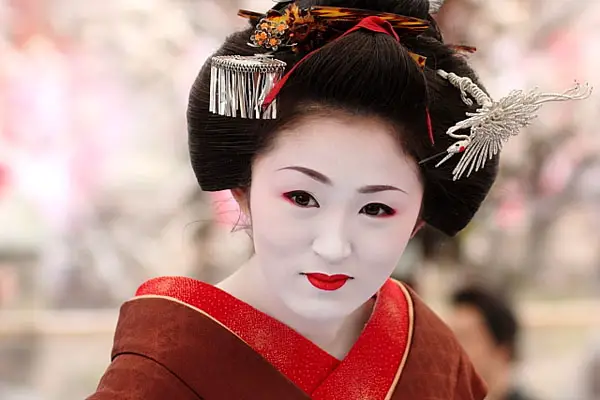
The full white face makeup is the most recognizable feature of Japanese geisha.
As maiko don’t wear wigs, they will always have a noticeable white band of unpainted skin on their hairline. They will also have red or pink shaded eyebrows, blushed cheeks, outlined eyes with black eyeliner and red eyeshadow. ‘Junior’ maiko or minarai will get their lower lip painted in red and when they become ‘senior’, both of their lips will be painted but only in a thin line.
Regarding geisha, they will wear wigs so that you cannot see any part of exposed skin near their hairline. Like maiko, geisha’s eyebrows will also have a slight shade of red. A ‘senior’ geisha will have their eyes outlined in black, but the eyes of a ‘junior’ geisha will have slightly red outline. Both of their lips will be painted fully in red.
Hair Ornaments
Maiko wear more elaborately decorative hair ornaments called kanzashi and the designs can vary depending on the maiko’s training stage. A first-year maiko will wear shidare-kanzashi that flows down one side of their face from her hair to her chin and symbolizes her youth. A junior maiko will have a kanakodome or special hair ornament as well as a red piece of silk (showing that she’s still a child) on the center of her bun along with a lot of hair ornaments, namely a daikin (main front kanzashi), a big seasonal kanzashi (worn on the left part of her hair) and a katsuyama bridge (a big crown-like kanzashi placed in front of the bun). A senior maiko will not wear the katsuyama bridge but a colorful kushi (comb that is less decorative than the katsuyama bridge, thus signifying maturity).
On the other hand, geisha wear simpler kanzashi or smaller hair ornaments such as a kushi (comb-shaped kanzashi), maezashi (small hairpins), tama kanzashi (single-colored bead hairpin), and hanemottoi (silver paper wires atop the hair).
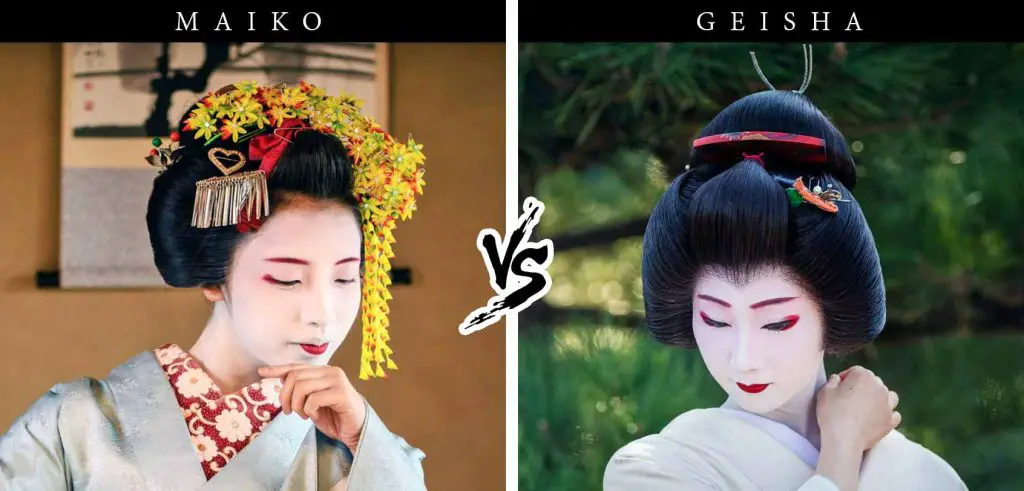
Maiko wear more elaborately decorative hair ornaments than geisha.
Clothing
A maiko usually wears a colorfully-designed hikizuri kimono (Japanese traditional garment) that has long sleeves and almost touches the ground. The collar of the kimono is also distinct as it is thick and embroidered, hangs very loosely, and is in red. If the collar changes to the white color, this means the maiko has advanced in her training.
In contrast, a geisha wears shorter-sleeved kimono in one color and with a simple pattern at the bottom. The collar of the kimono is white and not loose.
Footwear
Maiko generally wear high wooden sandals to prevent their kimonos from touching the ground, and they are called as okobo. Geishas use shorter wooden sandals called zori or senryo geta.
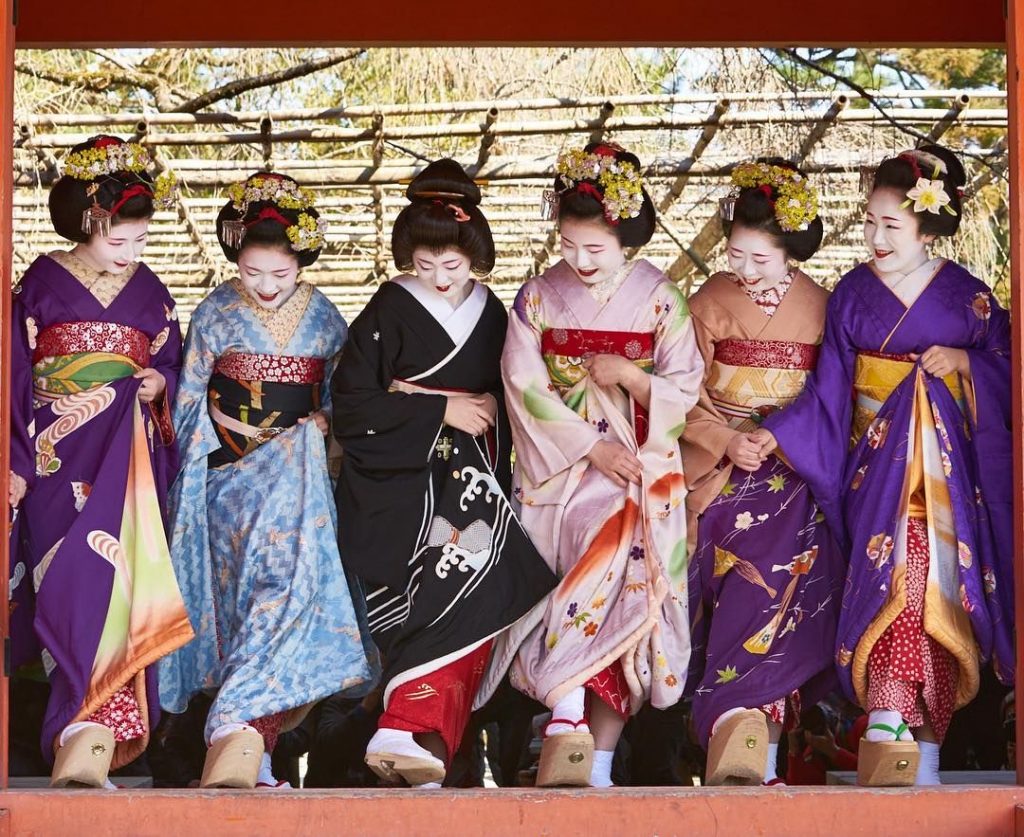
In terms of clothing and footwear, maiko and geisha are also different ín several aspects.
Are Geisha Courtesans?
Geisha are not courtesans. The image of geisha as prostitutes was popularized by American soldiers after World War II. Geisha have always symbolized beauty and elegance, so girls from lower social classes tended to introduce themselves to American soldiers as geisha. That’s how the myth spead all over the world.
Check out this video to know more about the secret world of geisha!
Conclusion
Hopefully, this blog has helped you find the answer to the question “what is a geisha?” and gain more insight into the intriguing world of geisha. If you still wonder anything about geisha, feel free to ask by leaving your comments below this blog!

